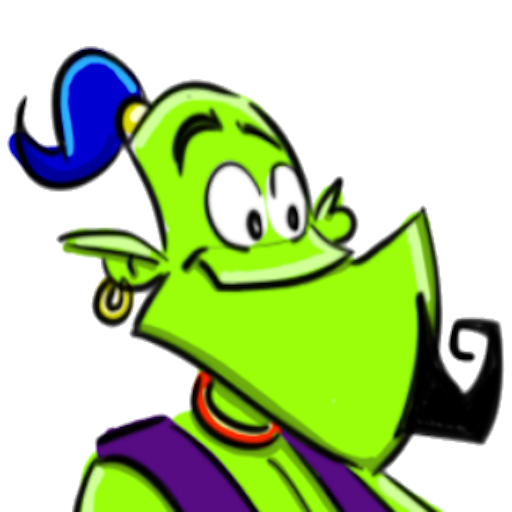Note: this is an automatic translation of this post performed by https://www.deepl.com
In December 2018, Jesús Moreno León, then head of the “Classroom Experimentation” department at the INTEF, proposed me to develop a teaching resource on Artificial Intelligence. Based on a tool I had discovered: Machine Learning for Kids (ML4K) by Dave Lane. An IBM worker who has developed this tool within the IBM volunteer program. The experience was fascinating and I was excited to discover that something as complex as Machine Learning could be explained effectively in school.
I decided to explore this topic and build the prototype of an application similar to ML4K, but with one important condition: that it was not necessary to create an account to use it. It may seem silly, but it is something that makes the fluidity of the tool quite difficult in the school environment.
The first problem that arose was that the Machine Learning algorithms had to be executed locally in the user’s own web browser. Using any of the AI platforms offered by large companies like IBM, or more modest ones like ClarifAI, necessarily involves creating an account.
Will we be able to run “heavy” machine learning algorithms in the web browser?
I investigated that possibility, and… The result was encouraging! I discovered the simple Brain.js library, with which I made the first prototype for text recognition. And the very powerful, professional and not so simple Tensorflow.js library, with which I implemented image recognition. The conclusion was clear: it is possible to run Machine Learning algorithms without needing to rely on third-party services. Running algorithms in the web browser works. Even more so, taking into account that the tool to be developed has a pedagogical purpose and we are not going to use massive amounts of data as can occur in specific Machine Learning applications.
Shortly after, with the help of Jesús Moreno, I met Gregorio Robles and Marcos Román, two researchers who, together with the first, have been making interesting contributions to the world of Computing Education Research for several years. They saw, on the one hand, the possibility of building a useful tool to work on computational thinking. And on the other, the seed to carry out a thesis in this field. They encouraged me to start this intense but rewarding task. And, taking advantage of the opportunity, I launched myself (again) into the world of research. And I say “again”, because more than 20 years ago I abandoned it due to circumstances that are irrelevant now.
First version of LearningML
A little more than a year later, we have a first operational version of LearningML with which you can build Machine Learning models and program applications with Scratch capable of recognizing texts and images.
Now it’s time to show it to teachers, students and researchers so that they can test and see if what we are doing is a good resource to promote computational thinking and serves to learn content about artificial intelligence in a practical way. And with the hope that this is the case, we will continue working to improve LearningML.
